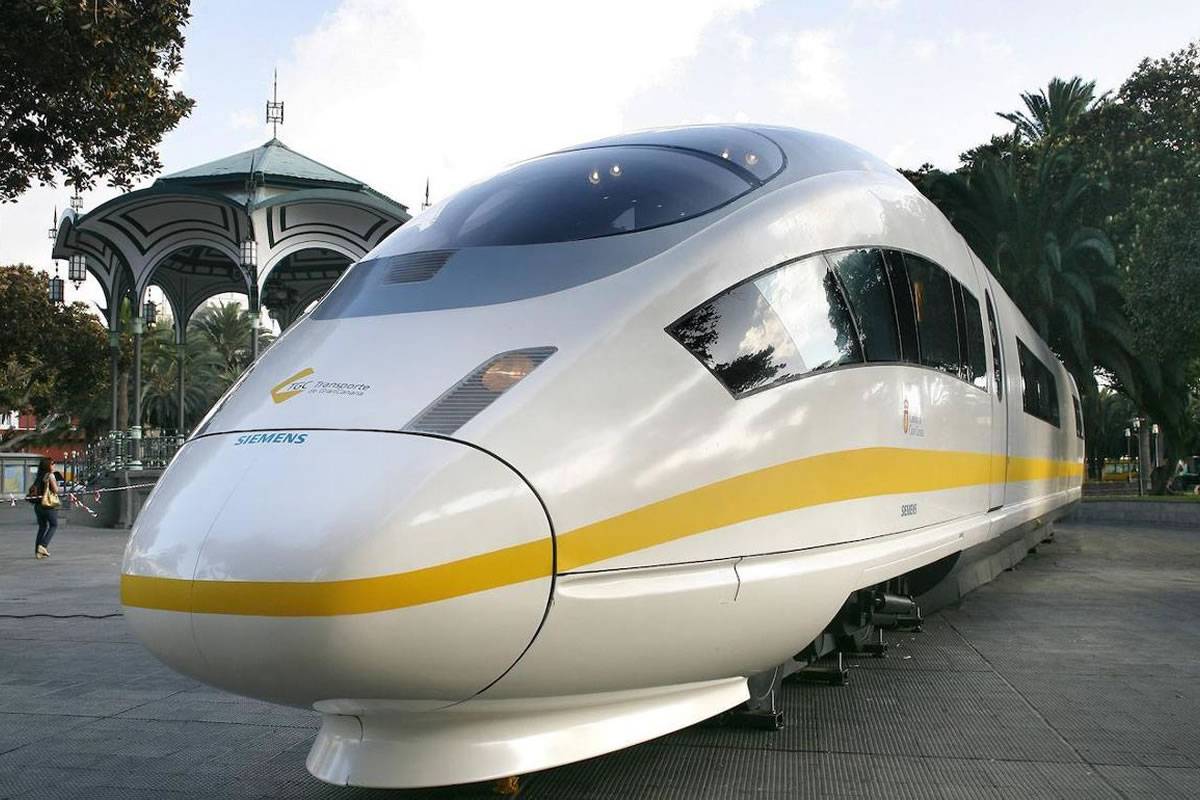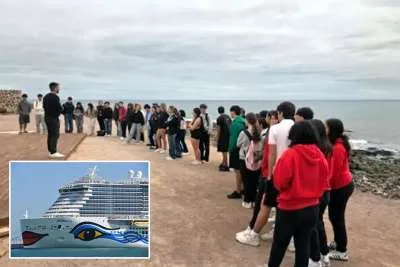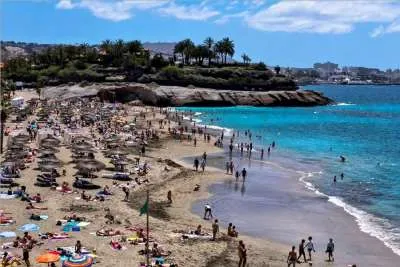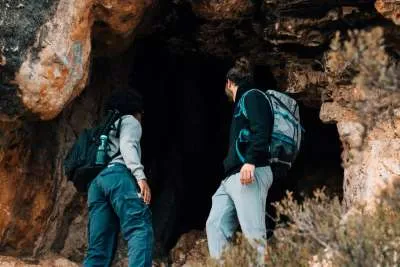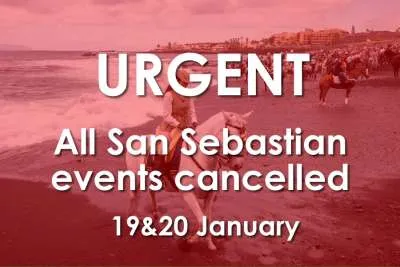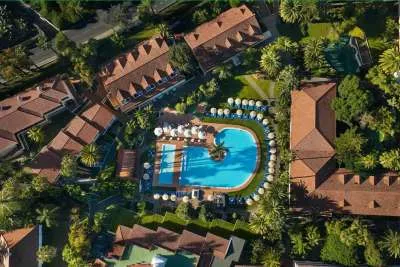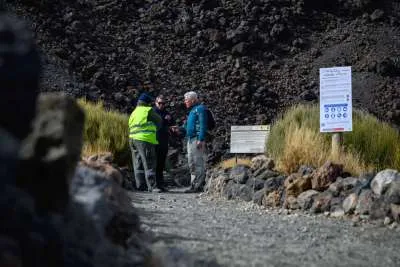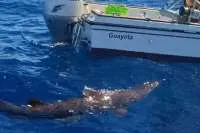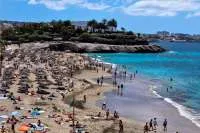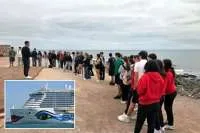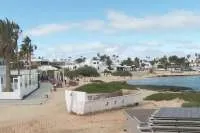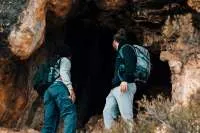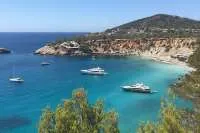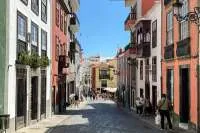The Gran Canaria train is one stop closer to becoming reality
- 05-02-2023
- Gran Canaria
- Canarian Weekly
With most of the land reserved for over a decade, the project for the new railway line between Santa Catalina Park (Las Palmas) and Meloneras (San Bartolomé de Tirajana), is closer to being a reality. A delegation from the Canary Islands Government and the Cabildo visited Brussels this week in search of financing, and Germany to learn about hydrogen trains that only emit water vapour.
Declared by the Gran Canaria Cabildo as a “priority project of island interest”, the railway only lacks the execution project for the section between kilometre points 49 and 56 of the 57.8 it will have, and the Playa de Inglés station to be ready to be built.
The planned layout affected the installation of a water park in El Veril and in 2015 it was agreed to suspend it to make room for Siam Park.
While these projects, which are already contracted, are being drawn up, the Cabildo has made a 3D reproduction (BIM modelling) of all the sections of the line, stations, and other facilities, which will be used to apply for European funding to cover 100% of the cost of construction.
A train every 15 minutes:
With 11 stations, the projected high-speed rail line with speeds up to 160km/h, would require an estimated investment of 1.65 billion euros to go from design to reality.
The forecasts are that the train will stop at each station every 15 minutes, has a capacity of 240 seats, and will take around 35 minutes to cover the 48 kilometres that separate the stations of San Telmo and Playa del Inglés.
Without counting the area affected between kilometres 49 and 56, the implementation of the project would force the expropriation of more than 2.12 million square metres of land in six municipalities: Las Palmas de Gran Canaria, Telde, Ingenio, Agüimes, Santa Lucía de Tirajana, and San Bartolomé de Tirajana. 80% of this is rural land (1.68 million m2) and 20% is urban land (445,000m2).
More than half of the route runs underground, which reduces the effects on the surface, and in Las Palmas, it will only circulate through tunnels and will not surface until Jinámar, in Telde. Then, between the airport and Tarajalillo, it will run parallel to the GC-1 motorway.
Speed, reliability, safety:
The Cabildo is convinced that “high-capacity guided transport” is the solution to the mobility problems generated by the saturation of the GC-1, and that it would provide speed, reliability, safety, comfort, sustainability, and lower economic cost.
They also maintain that the line would be profitable and counts among its benefits, in addition to the direct ones for users, the external effects in reducing pollution, noise and accidents. The demand, according to their forecasts, would make it the fourth most used railway line in Spain.
Up to now the investment in the drafting of projects and studies exceeds 32 million euros since the first agreement between the State and the Cabildo was signed in 2009, which all came from the budgets of the central Government of Spain.
A 100% sustainable line:
Whether it is fuelled by clean energy from the self-consumption wind farm planned on Montaña de Piletas land, which is owned by the Cabildo, or with green hydrogen batteries, the train will be 100% sustainable.
These are the forecasts of the Cabildo, which is working both on the possibility of mounting seven wind turbines, with a total power of 26.4 MW to allocate their production to the operation of the line and on reproducing the German model of the Alstom Coradia iLint, a train that runs on hydrogen with capacity for between 150 and 550 passengers and that can travel up to 1,175 kilometres without refuelling, emitting only water vapour and with low noise levels.


